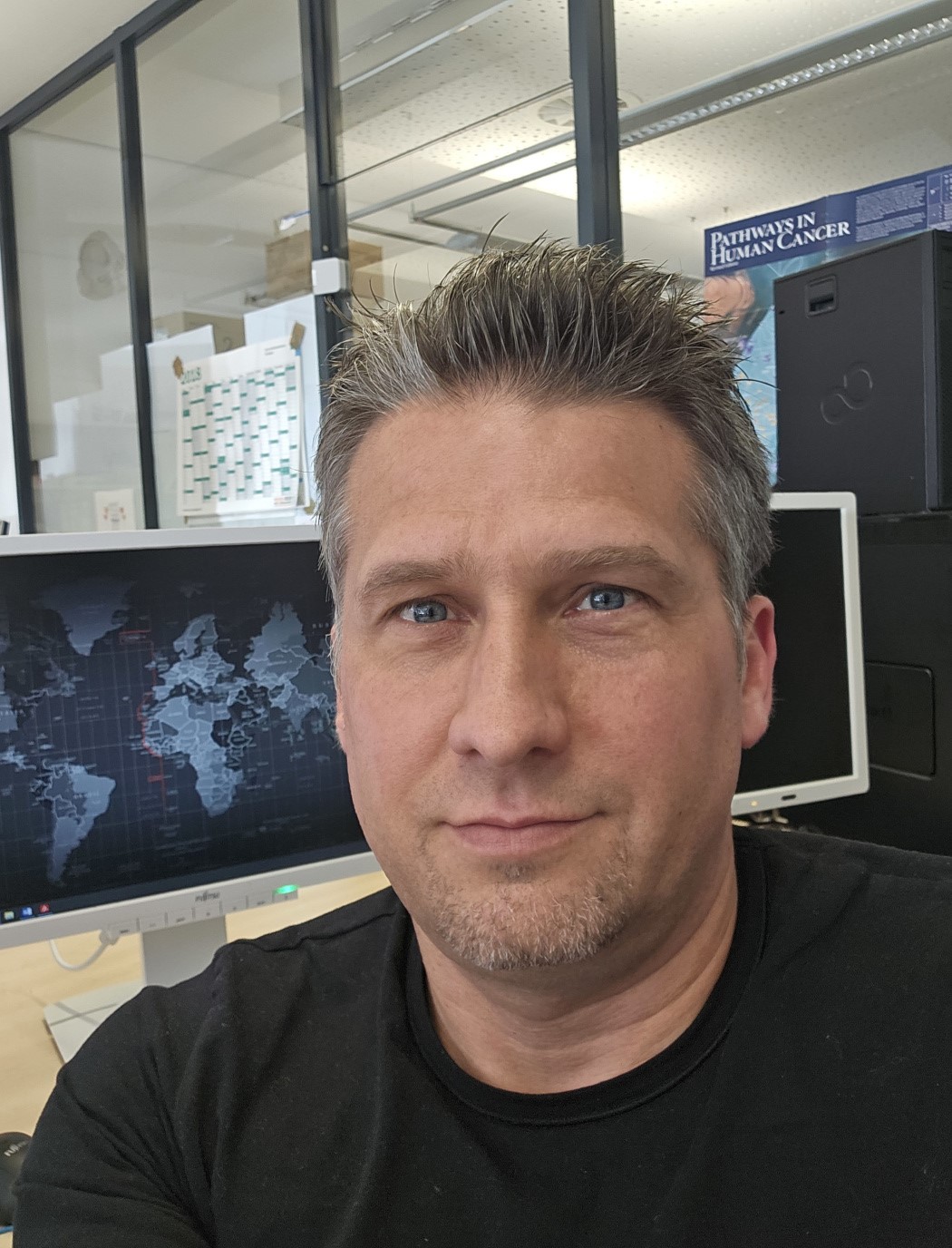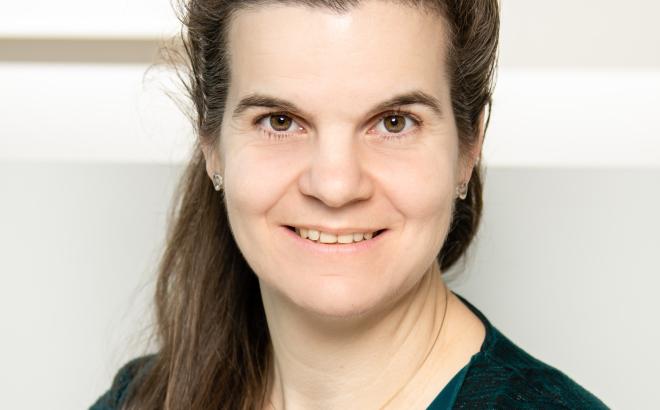Andreas Stadlbauer, Medical Physicist
Leveraging the potential of physiological images of tumours
Professor Andreas Stadlbauer (MBA) works as a medical physicist at the Institute of Diagnostic and Interventional Radiology at KL University Hospital St. Pölten and at the Neurosurgery Clinic of the Friedrich-Alexander-Universität Erlangen–Nuremberg (FAU), in Germany. As part of his routine work at University Hospital St. Pölten, Professor Stadlbauer is involved in data analysis and the creation and revision of examination protocols for MRI devices. His research focuses on biomedical imaging and image processing, including the energy metabolism of the brain.
Andreas Stadlbauer studied technical physics at Vienna University of Technology until 1999. His studies included a research stay at CERN in Switzerland. His primary interest was biophysics – a relatively niche field at TU Wien (Vienna University of Technology). The aspiring physicist wrote his dissertation on light from living cells at the Institute of Atomic and Subatomic Physics, while also attending lectures and courses on medical physics. The lecturer, Professor Ewald Moser, agreed to supervise Stadlbauer as a doctoral student, but this plan faltered due to insufficient funding. At around the same time, FAU put out a request for a doctoral student. Stadlbauer seized the opportunity and went on to write his dissertation on the imaging of brain tumours as part of a cooperation between FAU and TU Wien. He received his doctorate in medical physics in 2004. A year later, he received a job offer from St. Pölten Provincial Clinic, now University Hospital St. Pölten, following a recommendation from his doctoral supervisor. “At that time, radiology at St. Pölten was already highly innovative,” recalls Professor Stadlbauer. “The hospital had the first 3T MRI scanner for clinical use and Professor Salomonowitz, the director at the time, wanted to have a physicist on the team. Since then, I’ve worked in both Erlangen and St. Pölten. In both places, I've dealt with brain tumours – in St. Pölten from a radiological perspective and in Erlangen from a neurosurgical perspective. This has given me a broad-based approach to the topic.” He obtained a postdoctoral qualification in medical physics at FAU in 2008, completed his MBA in health management at Wirtschaftsuniversität Wien (Vienna University of Economics and Business) in 2010, and became an adjunct professor at FAU in 2014.
Professor Stadlbauer has been focusing on artificial intelligence and deep learning in medical imaging for several years now. “In the clinical field, we work with tried and tested AI applications, mainly with 2D images at present. The technology is developing rapidly, which makes it difficult to keep track of things. But we have plenty of ideas. A technological innovation needs to be sufficiently established before it can be used in routine diagnostics. We have to be able to understand how the results are achieved.” The physicist believes that in the future, AI applications will support decision making by doctors in the sense of providing a “second opinion”. “Today we can generate anatomical, physiological and metabolic images of tumours in 3D. Metabolic images relate to oxygen consumption, while physiological images allow us to draw conclusions about the tumour’s vascular system. If it were possible to combine the information content of different 3D images from different points in time, this would result in immense progress, especially in the diagnosis of recurrence after surgical tumour resection and radiochemotherapy. Generative deep learning algorithms could also generate images that show us what a tumour would look like in three months. We’re talking about huge and complex amounts of data here. So far, we haven’t been able to process these well enough. We're still years away from this sort of generative AI." Professor Stadlbauer is currently working on the seed funding project “Development of deep learning algorithms for medical image analysis and integration into clinical diagnostics”, which aims to create 3D images that can be used by the experts on the tumour board to make decisions. “There’s huge potential in physiological images,” says Professor Stadlbauer. “They provide us with important information earlier than anatomical images do. We don’t yet know exactly what we will be able to achieve with AI in medicine. The goal has been defined, but a lot of work – mainly programming work, in my case – remains to be done.”

Prof. Dr. Andreas Stadlbauer
Institute of Diagnostic and Interventional Radiology (University Hospital St. Pölten)




